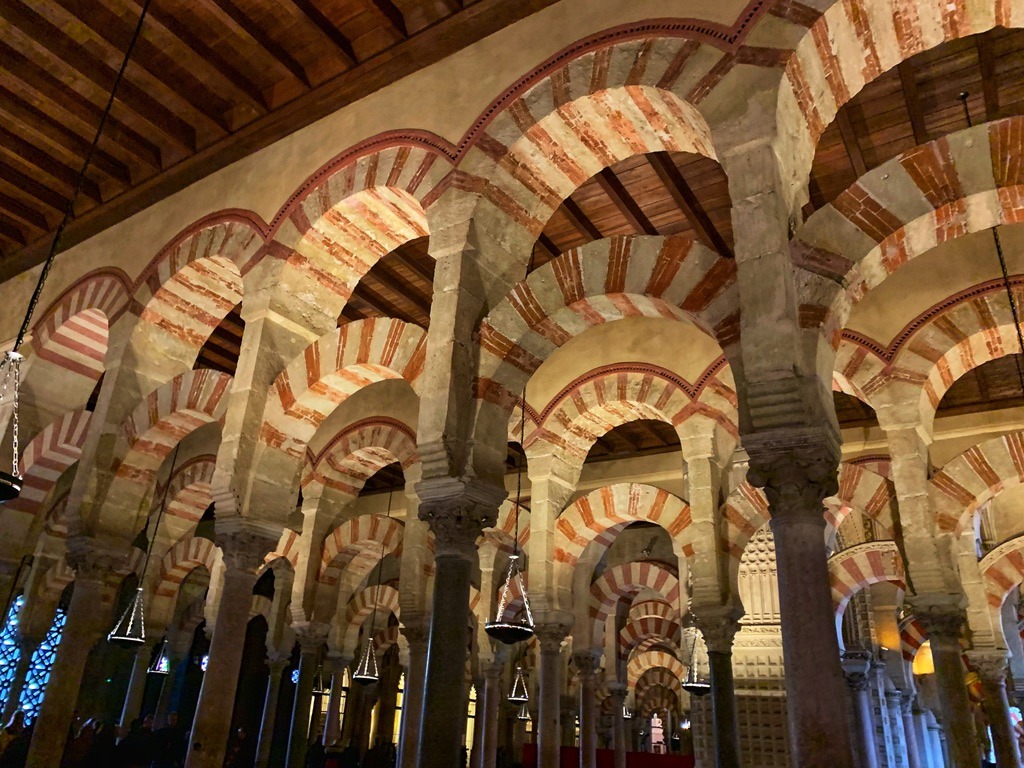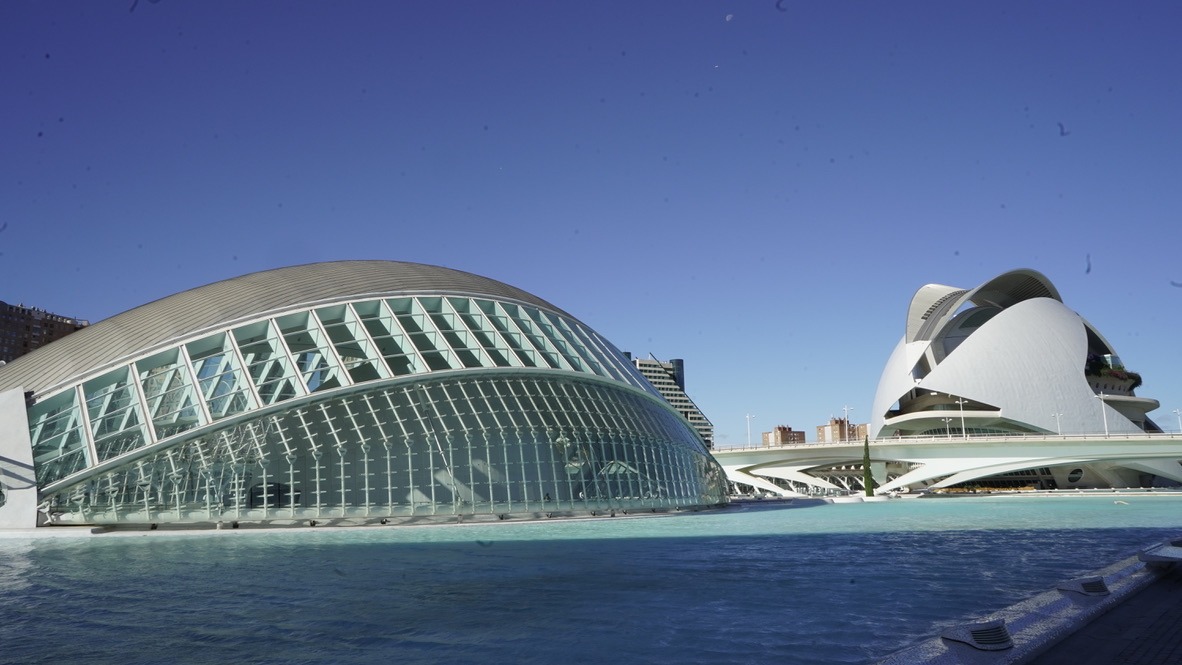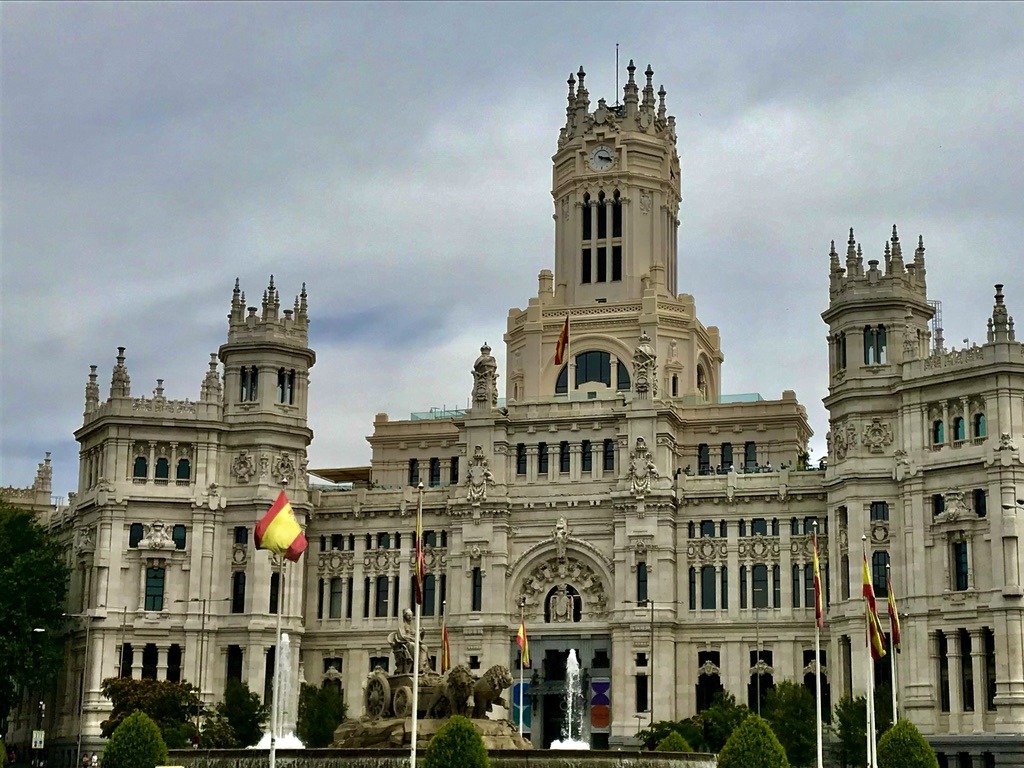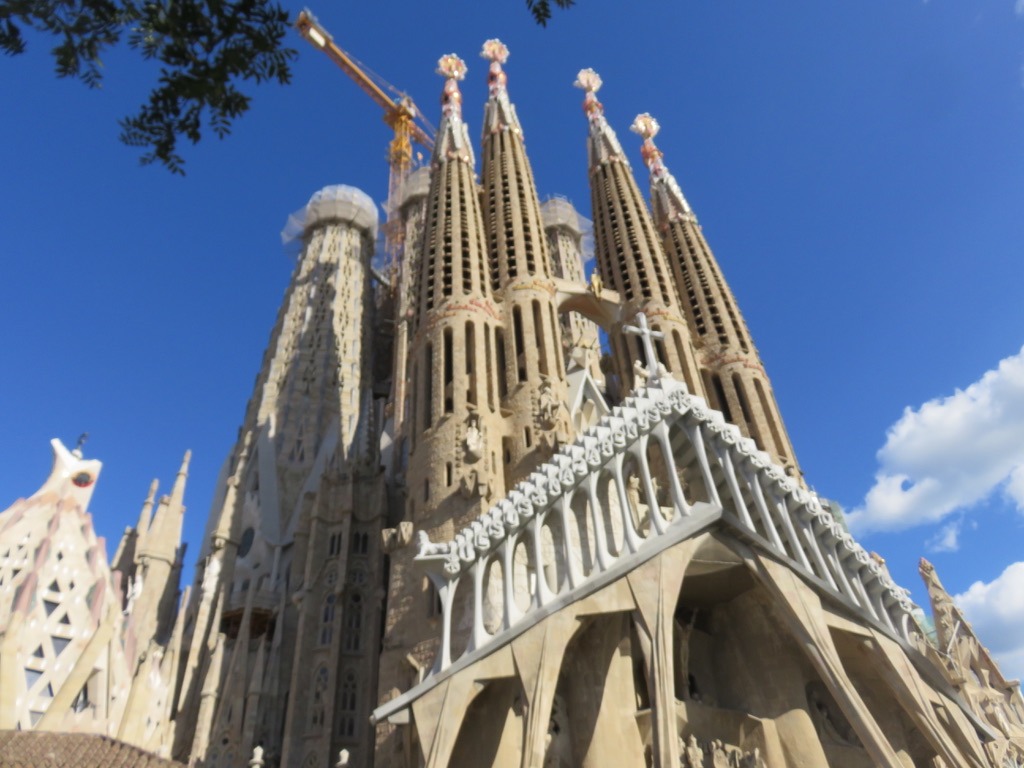Located along the Guadalquivir River, Córdoba can surprise you with its historical grandeur, cultural richness, and warm Andalusian hospitality.
What Makes It Unique
Córdoba, located in the heart of Andalusia, stands out from other Spanish cities with its remarkable blend of Roman, Islamic, and Christian heritage. Córdoba is most famous for its stunning Mezquita-Catedral, a former mosque turned cathedral, which showcases the city’s rich Islamic past. The historic center, a UNESCO World Heritage Site, features narrow, winding streets and charming courtyards filled with flowers, offering a uniquely picturesque setting. Córdoba’s cultural heritage is further highlighted during the annual Patio Festival, where residents open their beautifully decorated courtyards to the public, an event that reflects the city’s tradition of courtyard gardening. The city’s Roman roots are evident in landmarks such as the Roman bridge and the remains of a Roman temple, adding to its historical depth. Córdoba’s cuisine, featuring dishes like salmorejo and flamenquín, emphasizes Andalusian flavors with a unique local twist. The city’s smaller size and less tourist-heavy environment compared to cities like Barcelona and Madrid provide a more intimate and authentic Spanish experience.
Getting There and Around
Córdoba, a city rich in history and culture, is located in the heart of Andalusia, southern Spain. It is well-connected by train, with the high-speed AVE service linking it to major cities like Madrid and Seville. The nearest airport is Sevilla Airport, about 130 kilometers away. Once in the city, Córdoba’s public transportation system includes buses and taxis, but the city’s compact size and pedestrian-friendly streets make walking an excellent option for exploring.
Top Attractions
La Mezquita (The Mosque-Cathedral): A UNESCO World Heritage site and a stunning example of Islamic architecture. Its vast prayer hall and iconic arches are a must-see, and the cathedral built inside after the Reconquista adds a unique blend of styles.
Alcázar de los Reyes Cristianos: This fortress-palace boasts beautiful gardens, historic mosaics, and a rich history, having served as a royal residence and the headquarters of the Spanish Inquisition.
Roman Bridge (Puente Romano): Spanning the Guadalquivir River, this ancient bridge offers picturesque views and connects the historic center with the Campo de la Verdad district.
Jewish Quarter (Judería): Wander through the narrow, winding streets of this historic district, home to the Synagogue of Córdoba, artisan shops, and traditional patios adorned with flowers.
Palacio de Viana: Known as the “Museum of Patios,” this palace features twelve beautifully preserved courtyards and a wealth of historical artifacts.
Culture and Cuisine
Córdoba’s culture is a vibrant mix of its Moorish, Jewish, and Christian heritage. The city is famous for its annual Patio Festival in May, when residents decorate their patios with flowers and open them to the public.
The culinary scene in Córdoba is diverse and delicious. Don’t miss trying salmorejo (a thicker version of gazpacho), flamenquín (a breaded pork roll), and rabo de toro (oxtail stew). The Mercado Victoria, a gourmet market, is perfect for sampling local foods in a lively setting.
Shopping
For shopping, head to Calle Gondomar and the surrounding streets, where you’ll find a variety of shops from high-end boutiques to traditional stores. The Jewish Quarter is excellent for unique souvenirs and handcrafted items such as leather goods, silver jewelry, and ceramics. The Zoco Municipal is a traditional craft market where you can watch artisans at work.
Day Trips
Córdoba’s central location makes it an ideal base for exploring nearby attractions:
- Medina Azahara: The ruins of a vast, opulent Arab Muslim medieval palace-city located just outside Córdoba, offering insight into the city’s Moorish past.
- Montilla-Moriles Wine Region: Known for its production of fino and other sherry-style wines, this region offers vineyard tours and tastings.
- Zuheros: A picturesque white village in the Subbética Natural Park, perfect for hiking and exploring its Moorish castle and nearby caves.
Practical Tips
A few simple tips to make your visit to Córdoba easier.
- Best Time to Visit: Spring (March to May) and Fall (September to November) offer the best weather and coincide with major festivals like the Patio Festival and Feria de Córdoba. Summers can be extremely hot, while winters are mild.
- Language: Spanish is the official language. While English is spoken in tourist areas, knowing some basic Spanish phrases can be beneficial.
- Safety: Córdoba is generally safe, but as with any tourist destination, be aware of your surroundings and protect your belongings, especially in crowded areas.





